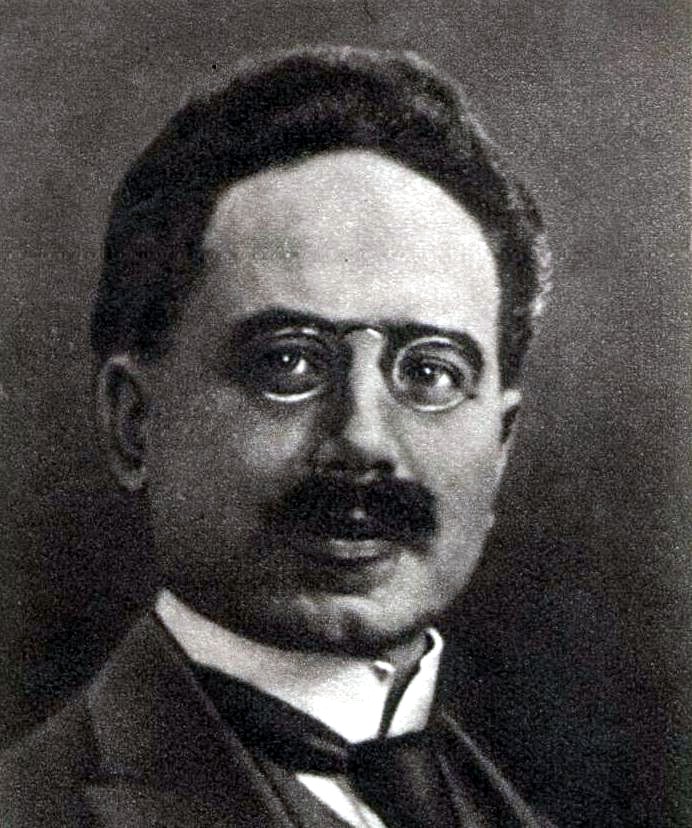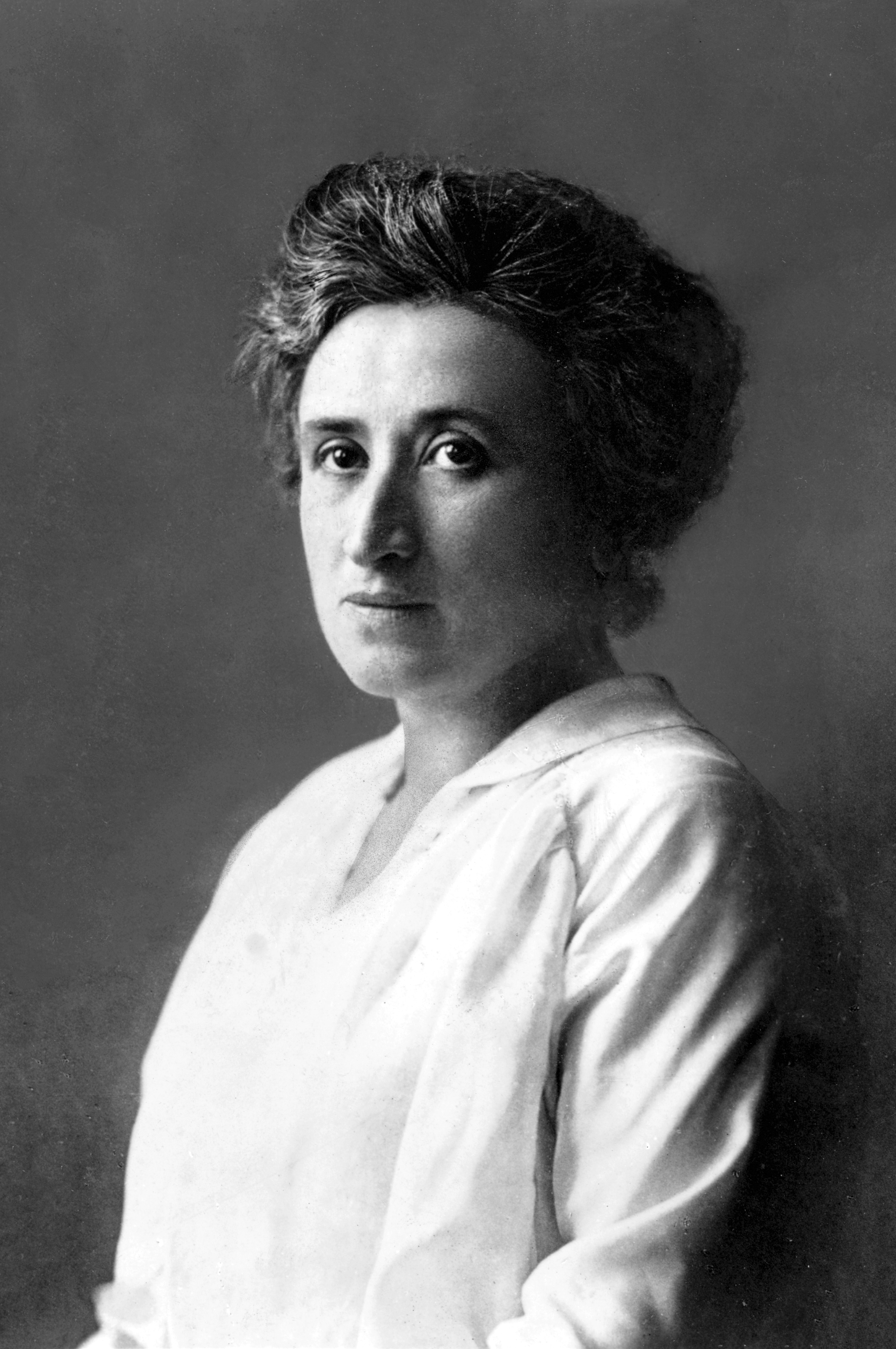Rote Fahne on:
[Wikipedia]
[Google]
[Amazon]
''Die Rote Fahne'' (, ''The Red Flag'') was a German newspaper originally founded in 1876 by Socialist Worker's Party leader

 Using the newspaper's subtitle as indicator of its political allegiance, ''Die Rote Fahne'' was successively the central organ of:
*
Using the newspaper's subtitle as indicator of its political allegiance, ''Die Rote Fahne'' was successively the central organ of:
*
Die rote Fahne
- Staatsbibliothek zu Berlin
Rote Fahne News
Rote Fahne Magazine
{{DEFAULTSORT:Rote Fahne 1918 establishments in Germany Communism in Germany Communist Party of Germany Communist newspapers Defunct newspapers published in Germany Newspapers published in Berlin German-language newspapers German-language communist newspapers Newspapers established in 1918 Publications with year of disestablishment missing Daily newspapers published in Germany
Wilhelm Hasselmann
Wilhelm Hasselmann (September 25, 1844 – February 25, 1916) was a German Socialism, socialist politician, activist and editor of various social democratic newspapers.
Early life
He was born in Bremen and baptized as a Protestantism, Protest ...
, and which has been since published on and off, at times underground, by German Socialists and Communists. Karl Liebknecht and Rosa Luxemburg
Rosa Luxemburg ( ; ; ; born Rozalia Luksenburg; 5 March 1871 – 15 January 1919) was a Polish and naturalised-German revolutionary and Marxist theorist. She was a key figure of the socialist movements in Poland and Germany in the early 20t ...
famously published it in 1918 as organ of the Spartacus League
The Spartacus League () was a Marxism, Marxist revolutionary movement organized in Germany during World War I. It was founded in August 1914 as the International Group by Rosa Luxemburg, Karl Liebknecht, Clara Zetkin, and other members of the So ...
.
Following the deaths of Liebknecht and Luxemburg during the chancellorship of the Social Democratic Party of Germany
The Social Democratic Party of Germany ( , SPD ) is a social democratic political party in Germany. It is one of the major parties of contemporary Germany. Saskia Esken has been the party's leader since the 2019 leadership election together w ...
's Friedrich Ebert, the newspaper was published, with interruptions, by the Communist Party of Germany
The Communist Party of Germany (, ; KPD ) was a major Far-left politics, far-left political party in the Weimar Republic during the interwar period, German resistance to Nazism, underground resistance movement in Nazi Germany, and minor party ...
. Proscribed by the National Socialist Worker's Party government of Adolf Hitler after 1933, publication continued illegally, underground.
History
1876
Wilhelm Hasselmann
Wilhelm Hasselmann (September 25, 1844 – February 25, 1916) was a German Socialism, socialist politician, activist and editor of various social democratic newspapers.
Early life
He was born in Bremen and baptized as a Protestantism, Protest ...
of the Socialist Workers' Party of Germany (now SPD) and member of the German Reichstag founded a short-lived, weekly newspaper called ''Die rote Fahne''.
1918–1933

 Using the newspaper's subtitle as indicator of its political allegiance, ''Die Rote Fahne'' was successively the central organ of:
*
Using the newspaper's subtitle as indicator of its political allegiance, ''Die Rote Fahne'' was successively the central organ of:
* Spartacus League
The Spartacus League () was a Marxism, Marxist revolutionary movement organized in Germany during World War I. It was founded in August 1914 as the International Group by Rosa Luxemburg, Karl Liebknecht, Clara Zetkin, and other members of the So ...
: 9 November 1918 to 30 December 1918
* Communist Party of Germany
The Communist Party of Germany (, ; KPD ) was a major Far-left politics, far-left political party in the Weimar Republic during the interwar period, German resistance to Nazism, underground resistance movement in Nazi Germany, and minor party ...
: 1 January 1919 to 19 September 1920 (reflecting the KPD's submission to the Comintern on
* Communist Party of Germany: 19 September 1920 to roughly 23 March 1933 (date of passage of the Nazi Enabling Act)
The publication was proscribed from October 1923 to March 1924, as part of the ban on the German Communist Party. The newspaper continued in illegal production and distribution, sometimes renamed "Rote Sturmfahne" ("Red Storm Flag") or "Die Fahne der Revolution" ("The Flag of the Revolution"). In 1926, the newspaper moved into the Karl Liebknecht House, to which it added in July 1928 a rotary press. On 23 February 1933, Nazi police occupied Karl-Liebknecht-Haus and closed it the following day, anticipating the Nazi ban on all communist and socialist press after the Reichstag fire a few days later (28 February 1933).
Many prominent Germans and others worked on the newspaper:
* Founders included: Rosa Luxemburg
Rosa Luxemburg ( ; ; ; born Rozalia Luksenburg; 5 March 1871 – 15 January 1919) was a Polish and naturalised-German revolutionary and Marxist theorist. She was a key figure of the socialist movements in Poland and Germany in the early 20t ...
, Karl Liebknecht, Paul Frölich
Paul Frölich (7 August 1884 – 16 March 1953) was a German journalist and author. As a left-wing political activist, he was a founding member of the Communist Party of Germany (KPD) and founder of the party's paper, ''Die Rote Fahne''. A KPD de ...
* Publishers included: Hans Marchwitza and Johannes R. Becher
* Editors included: Ernst Meyer (1918–1919), August Thalheimer (1919–?), Julian Gumperz (1920? – later, second husband of Hede Massing), Werner Scholem (1920--?), Gerhart Eisler (1921–?? already, first husband of Hede Massing), Arkadi Maslow (1921-?), Heinz Neumann (1922–1928?), Max Matern (1925-?), Hans Lorbeer (1928--?), Erika Heymann (1930–1933), Albert Norden (1930–1933), Lutz Łask (1930s and husband of Franz Kafka
Franz Kafka (3 July 1883 – 3 June 1924) was a novelist and writer from Prague who was Jewish, Austrian, and Czech and wrote in German. He is widely regarded as a major figure of 20th-century literature. His work fuses elements of Litera ...
's lover Dora Diamant), Franz Koritschoner, György Lukács
György Lukács (born Bernát György Löwinger; ; ; 13 April 1885 – 4 June 1971) was a Hungarian Marxist philosopher, literary historian, literary critic, and Aesthetics, aesthetician. He was one of the founders of Western Marxism, an inter ...
, Wolfgang Harich
* Contributors included: Emil Barth (1918?), Lilly Becher (1921–?), Willi Schlamm (1923–?), Albert Hotopp (1923–1926), Hanns Eisler (1927), Erich Mielke (1928–1931), John Sieg (1928–1933?), Jürgen Kuczynski (1930–1933), Max Zimmering (1935–1938?), Thomas Ring
* Artists included: John Heartfield
1933–1942
Outlawed after the end of theWeimar Republic
The Weimar Republic, officially known as the German Reich, was the German Reich, German state from 1918 to 1933, during which it was a constitutional republic for the first time in history; hence it is also referred to, and unofficially proclai ...
and the Reichstag fire in 1933, it was illegally distributed during the Nazi regime
Nazi Germany, officially known as the German Reich and later the Greater German Reich, was the German state between 1933 and 1945, when Adolf Hitler and the Nazi Party controlled the country, transforming it into a totalitarian dictat ...
by underground groups close to the Communist Party until 1942. Wilhelm Guddorf was known to have been an editor of the newspaper in the late 1930s.
1970 and afterwards
Following the events of 1968, several projects of ideologically divergent groups of the so-called old and the new left arose in the Federal German Republic to build a new communist party. In addition to the German Communist Party (DKP), which is widely known as the West German KPD successor party and publishes the newspaper ''Unsere Zeit'' as a party organ, various competing small communist parties, the so-called K groups, were founded, each of which was associated with different ideological concepts of communism (fromMaoism
Maoism, officially Mao Zedong Thought, is a variety of Marxism–Leninism that Mao Zedong developed while trying to realize a socialist revolution in the agricultural, pre-industrial society of the Republic of China (1912–1949), Republic o ...
to Stalinism
Stalinism (, ) is the Totalitarianism, totalitarian means of governing and Marxism–Leninism, Marxist–Leninist policies implemented in the Soviet Union (USSR) from History of the Soviet Union (1927–1953), 1927 to 1953 by dictator Jose ...
to Trotskyism
Trotskyism (, ) is the political ideology and branch of Marxism developed by Russian revolutionary and intellectual Leon Trotsky along with some other members of the Left Opposition and the Fourth International. Trotsky described himself as an ...
). Out of these groupings, there were several newspaper projects in the 1970s called ''Rote Fahne''.
The Communist Party of Germany
The Communist Party of Germany (, ; KPD ) was a major Far-left politics, far-left political party in the Weimar Republic during the interwar period, German resistance to Nazism, underground resistance movement in Nazi Germany, and minor party ...
(KPD), a fringe party founded in 1990 by disgruntled members of the Socialist Unity Party of Germany
The Socialist Unity Party of Germany (, ; SED, ) was the founding and ruling party of the German Democratic Republic (East Germany) from the country's foundation in 1949 until its dissolution after the Peaceful Revolution in 1989. It was a Mar ...
, publishes its own version of ''Die Rote Fahne''.
References
External sources
Die rote Fahne
- Staatsbibliothek zu Berlin
Rote Fahne News
Rote Fahne Magazine
{{DEFAULTSORT:Rote Fahne 1918 establishments in Germany Communism in Germany Communist Party of Germany Communist newspapers Defunct newspapers published in Germany Newspapers published in Berlin German-language newspapers German-language communist newspapers Newspapers established in 1918 Publications with year of disestablishment missing Daily newspapers published in Germany